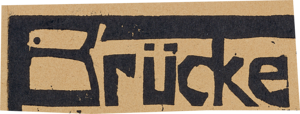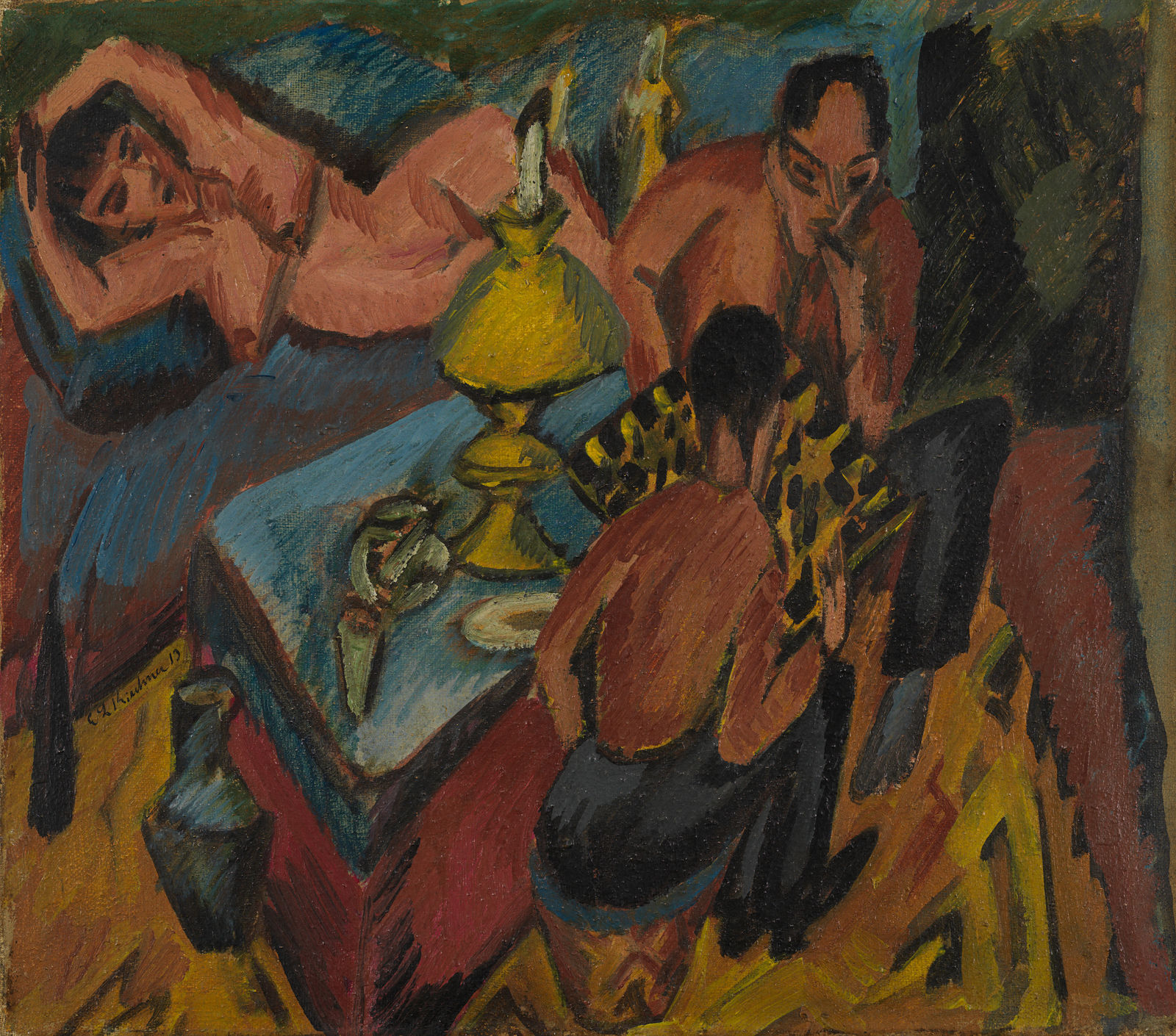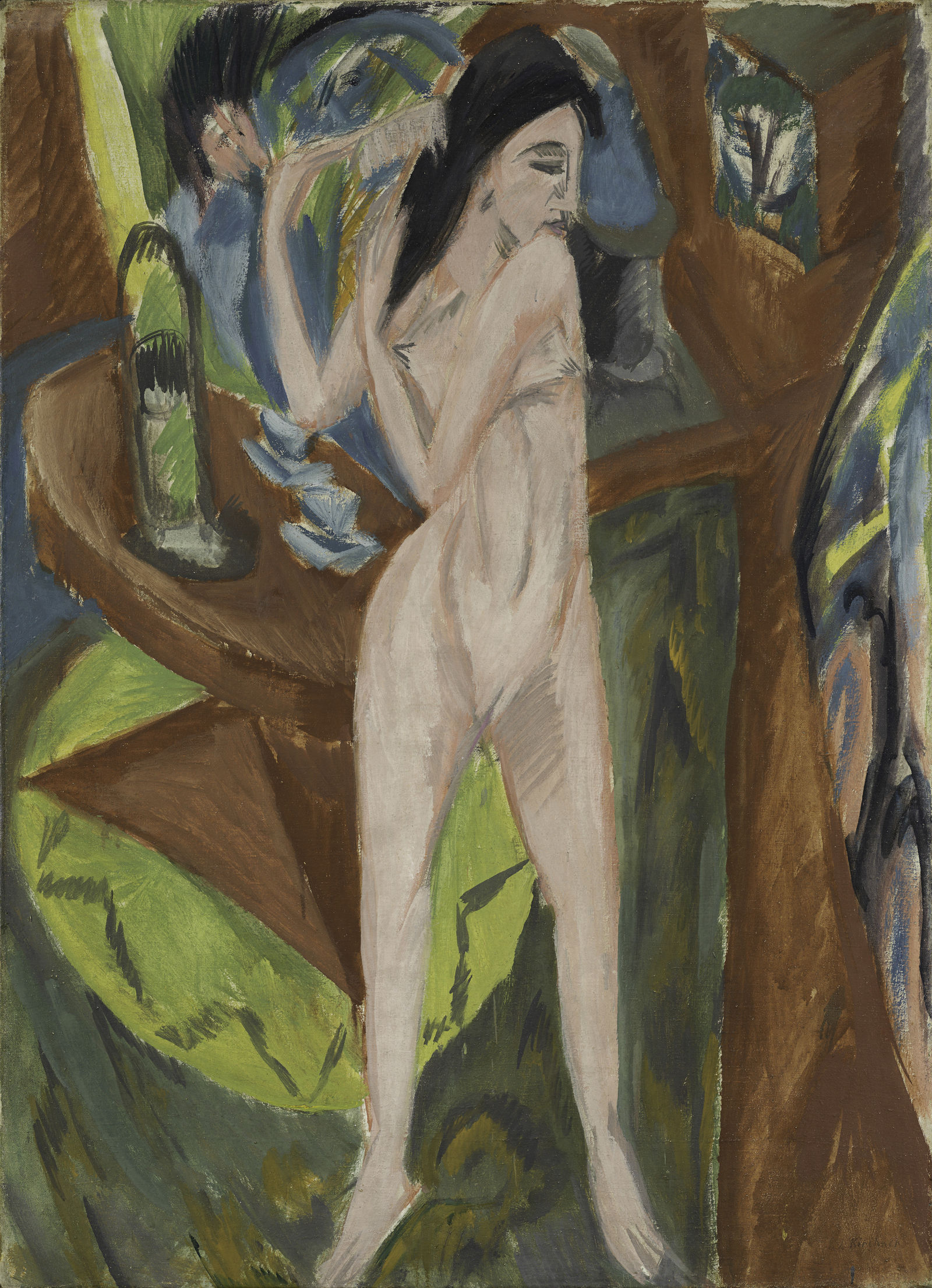1913
by Katrina Schulz
16 images
1913 was not only a highly eventful year by virtue of being the last year before the First World War broke out. What is more, it was the year that the Brücke, the artist group founded in 1905, disbanded; in other words, at a time seen today as the heyday of Brücke’s form of Expressionism. Viewed from today’s perspective, it was a time when the remaining members – Erich Heckel, Ernst Ludwig Kirchner, Otto Mueller and Karl Schmidt-Rottluff – were both very close yet equally as far apart as at hardly any other moment.
What had happened? In 1912, Max Pechstein had to quit the Brücke group. He had exhibited his works alone in the artist association Berlin Secession, something the other members considered unacceptable as it was one of their principles only to display their work together. Afterwards, in order to demonstrate their cohesion both on the inside and to the general public the members of the group sought to publish the Brücke chronicle – a document aimed at reflecting the group’s history and artistic principles. However, it was precisely this chronicle that led to them disbanding: Heckel, Mueller und Schmidt-Rottluff complained that Kirchner, who had drawn up the texts, had presented himself as the group’s leader. When he refused to make the desired changes, the group split up.
The paintings in Brücke-Museum for the year 1913 include urban themes, landscapes, and nature scenes as well as works that reveal the artists’ personal relationships: for example, Heckel’s depiction of a young woman playing the lute is actually a portrait of his partner Siddi Riha, while Kirchner’s painting of Mueller indicates the close friendship between the two despite their differences as regards the group.

















